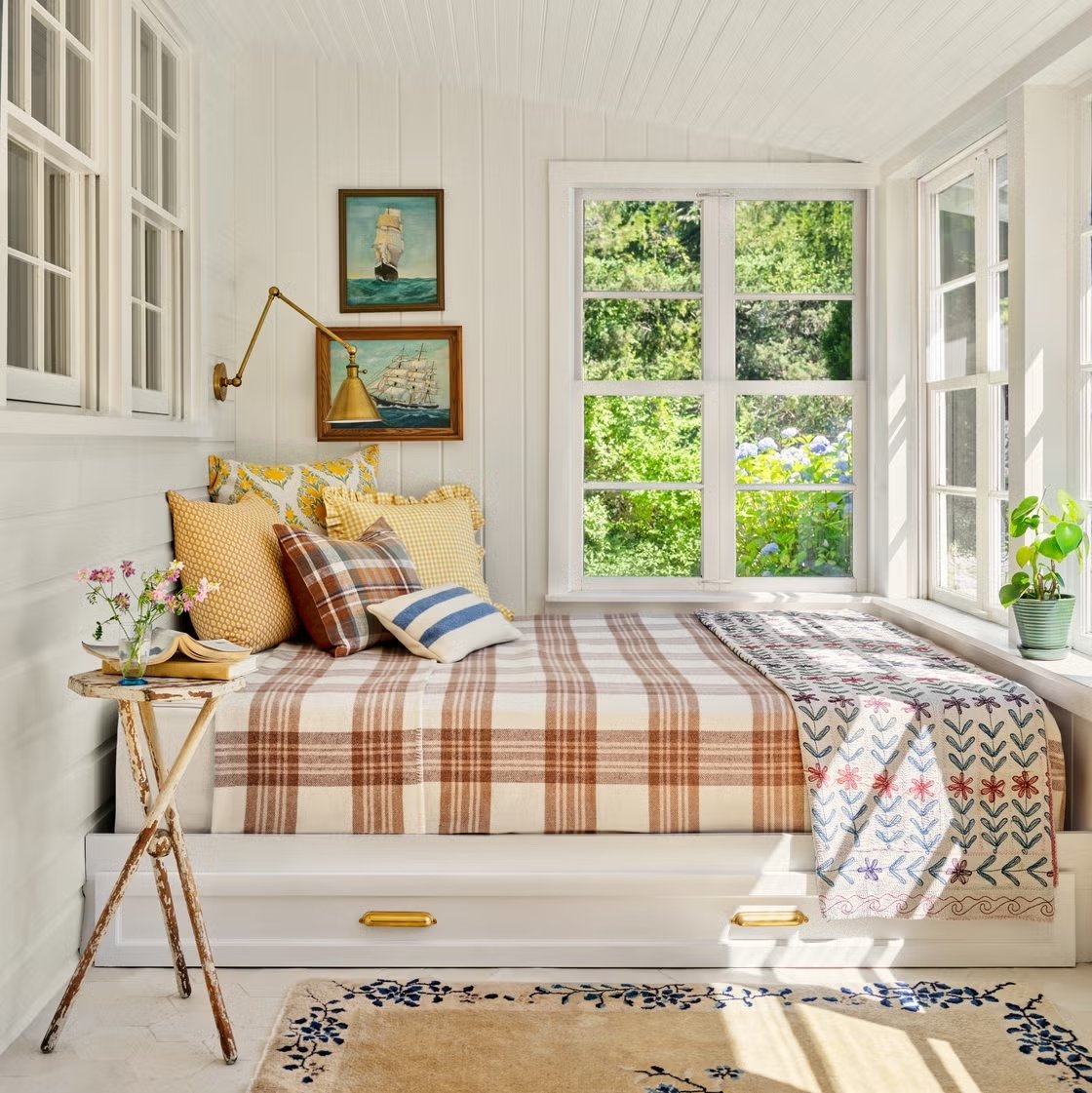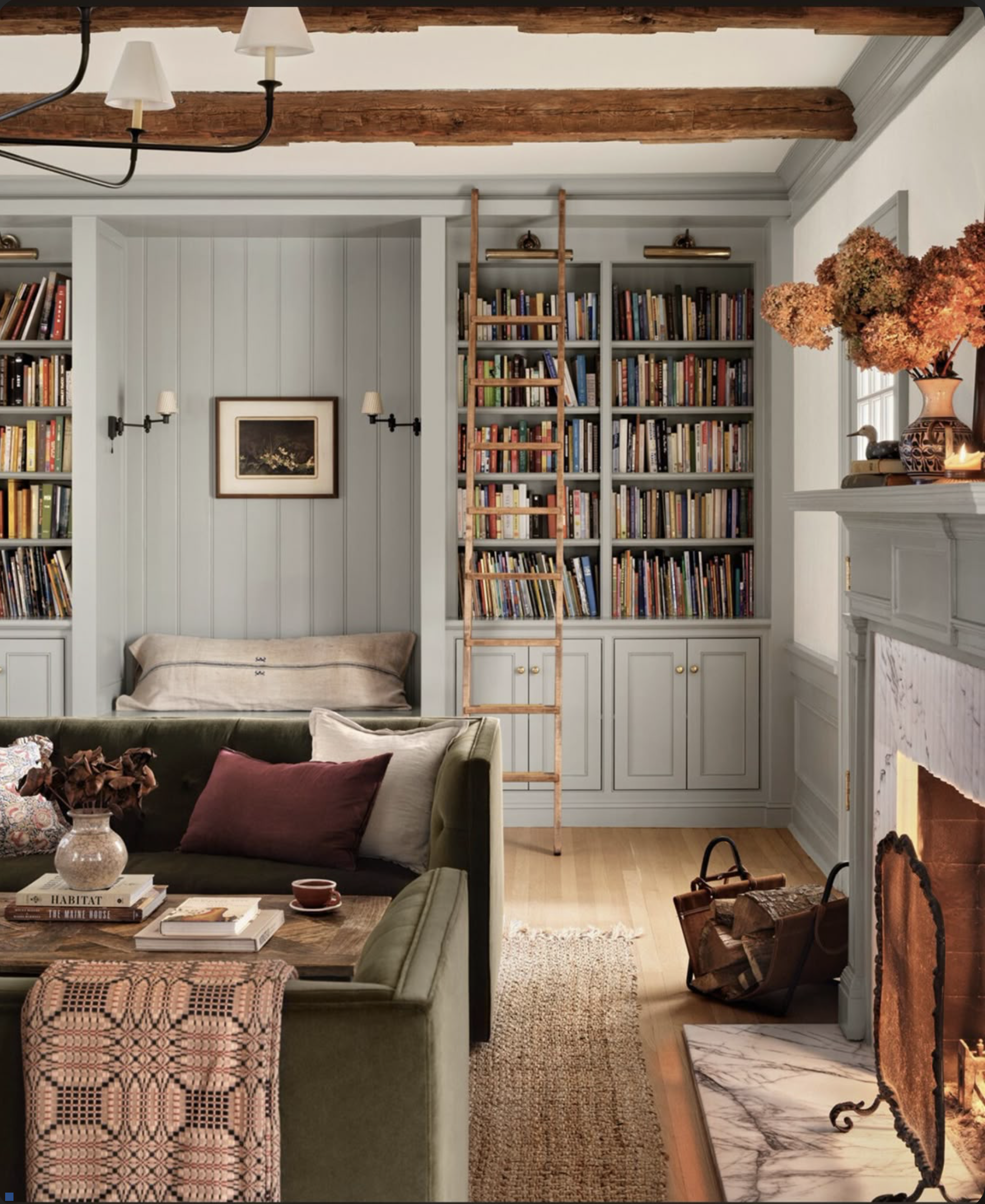Did we make a long-term financial mistake by downsizing?
Last year we traded a $1,000,000 finished home for a $500,000 fixer. Downsizing and moving into town has lead to a lot of monthly savings, but a number of folks have suggested that we shortchanged ourselves on the long-term equity. Today we want to explore this topic and share how we look at the numbers for big housing decisions like this.
For the record, our move wasn’t initiated by the finances - a desire for walkability, increased community connectedness, and simpler living were our main goals. But when making any big housing decision (and there have been many in the past 15 years with 8 home purchases, 3 sales, and countless renovations) we always want to feel comfortable with the numbers. Like JL Collins says, “life choices are not always about the money, but you should always be clear about the money choice you are making.” So how will we come out by selling the Farmhouse and buying this new home in the long-term? Let’s dive into the numbers.
A business school grad might do this analysis differently, but as house-hacking/landlording/DIYing/scrappy real estate investors (going on 15 years now!), this is how we do it. We’re going to compare two scenarios, the first: we live in the Farmhouse for 12 more years (the length of time left on the mortgage). The second scenario: we buy a $500k fixer, sell the Farmhouse for $1,000,000, pay off the new house, and invest the extra money. We’re using round numbers to keep the analysis simple, but these are close to the real-world numbers of our recent changes.
Scenario 1 - the Farmhouse value in 12 years
Projecting the future value (FV) of an investment is relatively easy to do with one equation: FV = PV (1+r)^n. If you don’t want to get out your TI-85, the US government’s compound interest calculator is super handy. Here are the variables we’re using:
PV (present value of the home) = $1,000,000
r (rate of appreciation) = 5%
n (time in years) = 12
Using these variables, the value of the Farmhouse in 12 years will be just about $1,800,000. Not bad, especially considering we would have just made the last mortgage payment!
One thing to note: the rate of appreciation is variable and dependent on the economic climate and location, but we feel comfortable using 5%, a historical average for real estate.
Scenario 2 - Buy a $500k fixer, sell the Farmhouse, pay off the new house, and invest the leftover cash
This scenario is a little more complex and we’re going to look at a few things: 1. the increased sweat equity we can add to our fixer, 2. the future value of the home in 12 years, 3. what we can earn by investing the leftover cash from the Farmhouse sale, and 4. the added money we can invest monthly by not having a mortgage. Let’s break it up into the future value of the fixer and the future value of the cash investments…
Future Value of Fixer
We bought our new house with the intention of fixing it up and increasing its value, a glorious and time-proven tool known as sweat equity ;) In all seriousness we really believe in the power and approachability of sweat equity to increase a homeowner’s net worth, and it’s something we’ve done with every home we’ve owned. We like to do a back-of-the-napkin calculation before buying a new house and our projection on this new house is a post-renovation value of $750k with somewhere around $100k of investment (and a whole lot of time and energy). That’s a guess of course, but with the potential of our new home and our experience doing exactly this, we feel confident we’re not too far off.
Using the compound interest formula with the same appreciation (5%) and timeframe (12 years) and a present value of $750k, we can calculate our fixed-up fixer will be worth…
Future value of fixer = ~$1,350,000 in 12 years
Future Value of Cash
Because we went from an expensive house to a less expensive house, we walked away with a big check. After paying off the outstanding debt on the Farmhouse and paying off the mortgage on the new fixer, we had about $300k leftover. Setting aside $100k for renovating the fixer, we’ll plan to invest the additional $200k.
But…we also have the added savings from not having a mortgage ($2,500 a month in principal and interest) and can add that to our investment each month. This calculation gets a little more complex but the compound interest calculator makes it really easy. We’ll use a nice round rate of 10% (an average stock index return) , 12 year time frame, and a monthly contribution of $2500.
The future value of this cash investment is ~$1,250,000
____________________
Adding the future value of the house and cash investment together from this scenario we get:
FV house + FV cash = $1,350,00 + $1,250,000 = $2,600,000
Did we come out ahead in the long-term?
In scenario 1, the Farmhouse would be worth $1,800,000 in 12 years. In scenario 2 we’d have a fixed-up home + cash investments worth $2,600,000 in 12 years. So in just over a decade, we should come out about $800k ahead by downsizing, paying off our mortgage, and investing the extra cash. Of course there are a bazillion variables and things could turn out better or worse, but in general, scenario 2 is better financially in the long-term. Heck even if we didn’t invest the extra cash we got from selling the Farmhouse and just dumped it in a savings account and added in the mortgage savings every month for the next 12 years, we’d still come out ahead. Or say we hadn’t purchased a fixer but instead purchased a “done” house for $600,000 and invested the cash savings similarly, we’d still end up far ahead after 12 years at ~$2,300,000. It’s a decidedly-positive endorsement for downsizing.
Here are a few more things to consider for anyone wanting to dive deeper:
This is a simplified projection. Houses need things like new roofs, updated heating systems, and routine maintenance over 12 years and we’re accounting for none of that.
Selling houses is expensive. Not only can you expect 5%+ realtor fees, but there are also taxes dependent on your location. And capital gains can take a big chunk out of your profit (unless you can qualify for an exemption like primary residence).
Tax implications of these two scenarios aren’t accounted for.
We’ve seen additional savings by moving into town beyond just paying off our mortgage (like fuel and yard maintenance) and we didn’t include any of that in this projection.
This post came about after reading Jackie’s comment on the finances behind our move: “I think your numbers are a little misleading since at the end of the 12 years, you’d own a house worth twice the new house.” And she’s right to consider that. But when you factor in the additional cash from moving from an expensive house to a less-expensive house, downsizing is the clear winner.
So that’s our quick and dirty calculation behind this downsizing move. Are you surprised?













